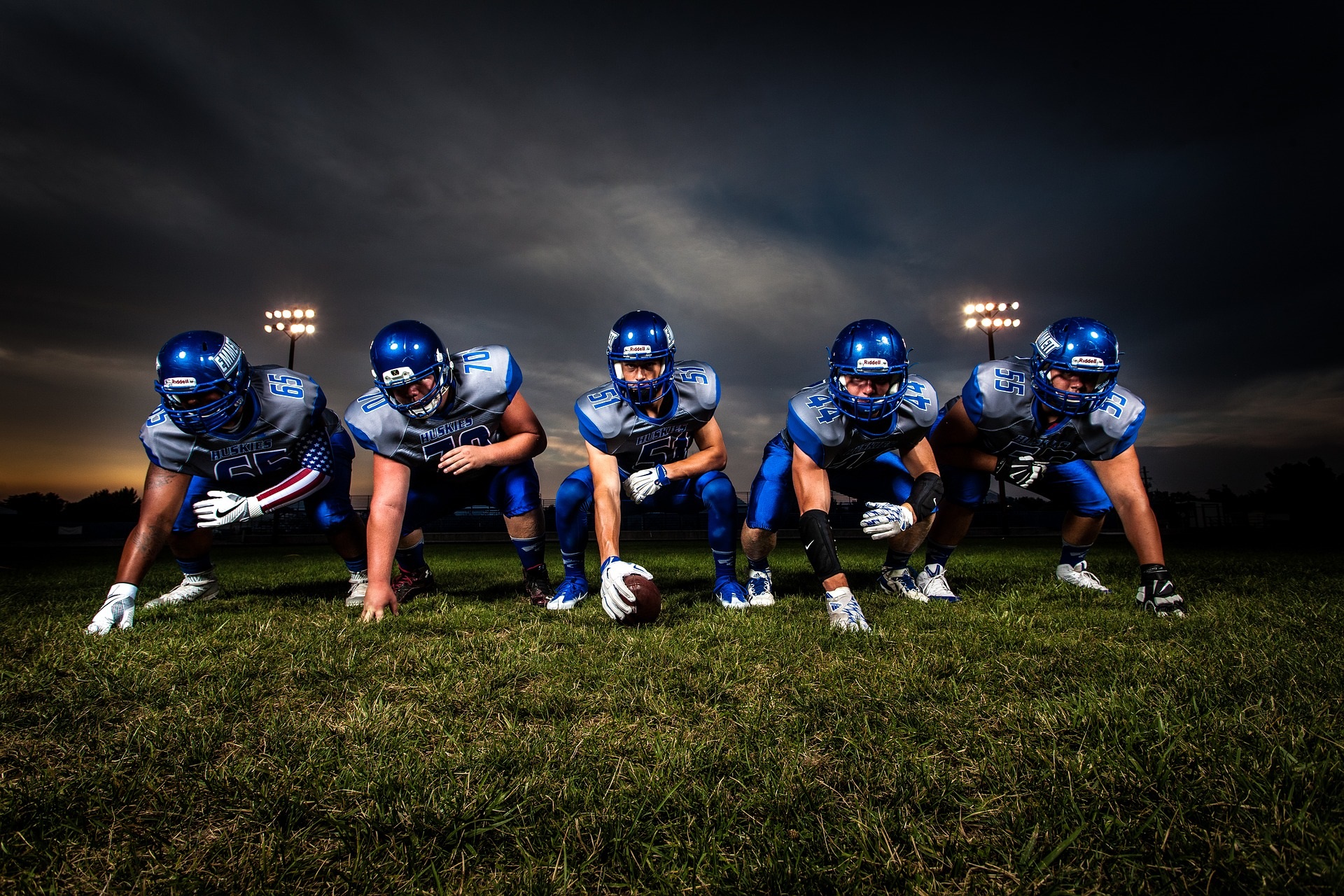
Concussions are serious injuries that no athlete, coach, sports official, or parent should take lightly. Not only can it cause short-term problems, but if it’s left untreated or mistreated, it can lead to long-lasting and irreversible damage. On the recommendations of national research, doctors, sports medicine professionals, and concussion experts, the MSHSL Sports Medicine Advisory Committee has specific guidelines for returning to an activity post-concussion. These guidelines are useful for coaches, athletes and parents alike. It’s important to follow these guidelines so as to limit long-lasting damage caused by concussions in youth and high school sports.
Know The Signs And Symptoms Of Concussions
First and foremost, it’s important to learn the signs and symptoms of a head injury. Watching for these symptoms as well as interviewing the athlete is essential for safety.
- Headaches
- Trouble focusing
- Confusion and disorientation
- Memory problems
- Nausea
- Fatigue and lack of energy
- Dizziness and poor balance
- Vision problems
- Light sensitivity
- Irritability or other unusual mood changes
1. Remove The Athlete From Activity
If your athlete exhibits any of the symptoms, no matter how many or strong, the first thing to do is to take them out of the game or practice. The common saying is, “When in doubt, sit it out.” Even if the athlete claims that he or she does not feel any of the symptoms, it’s always best to sit it out before getting a full evaluation if you do suspect a concussion. By monitoring athletes for movement, collisions, and blows to the head, you can help prevent future problems from occurring.
2. Get A Medical Evaluation
Before an athlete returns to play, they need to get a full medical evaluation. That evaluation should be done on the same day as the suspected head injury occurrence. A healthcare professional that specializes in sports or head injuries is someone who should conduct the evaluation. They will do vision testing, balance, and coordination, as well as look at the brain. Furthermore, they may use the baseline testing as a way to determine if there have been any negative changes. This is why getting a baseline test done pre-season is so important to athlete safety.
3. Follow Doctor’s Recommendations/Orders
If the doctor determines that there was a concussion, it’s important to follow their recommendations for recovery. Such recommendations may include rest until symptoms subside and then light activity.
4. Get Medical Clearance To Return To Play Post-Concussion
If your athlete has been diagnosed with a concussion, he or she shouldn’t return to their same level of activity until cleared by a healthcare professional. However, even after clearance, a doctor may recommend avoiding some activity or the same level of practice and training.
Follow Return To Play Guidelines
When it comes to a diagnosed or suspected concussion, it’s important to follow the recommendations and guidelines. These guidelines keep athletes safe and help reduce the risk for future problems associated with a head injury.


